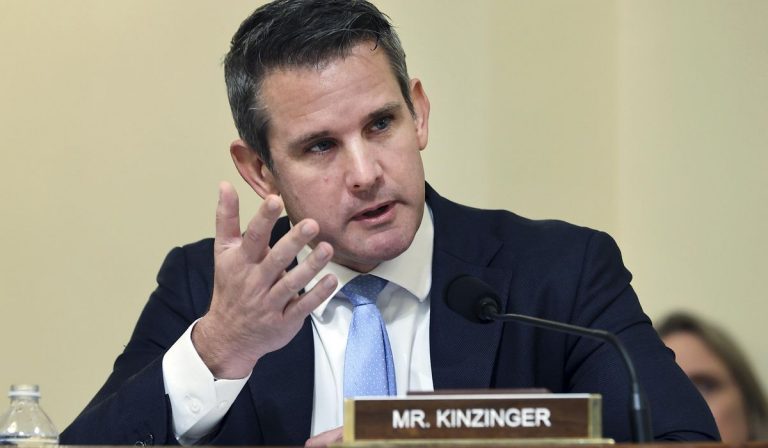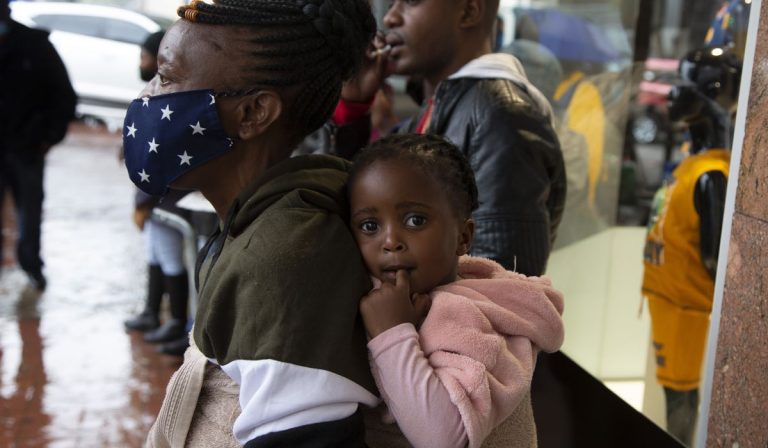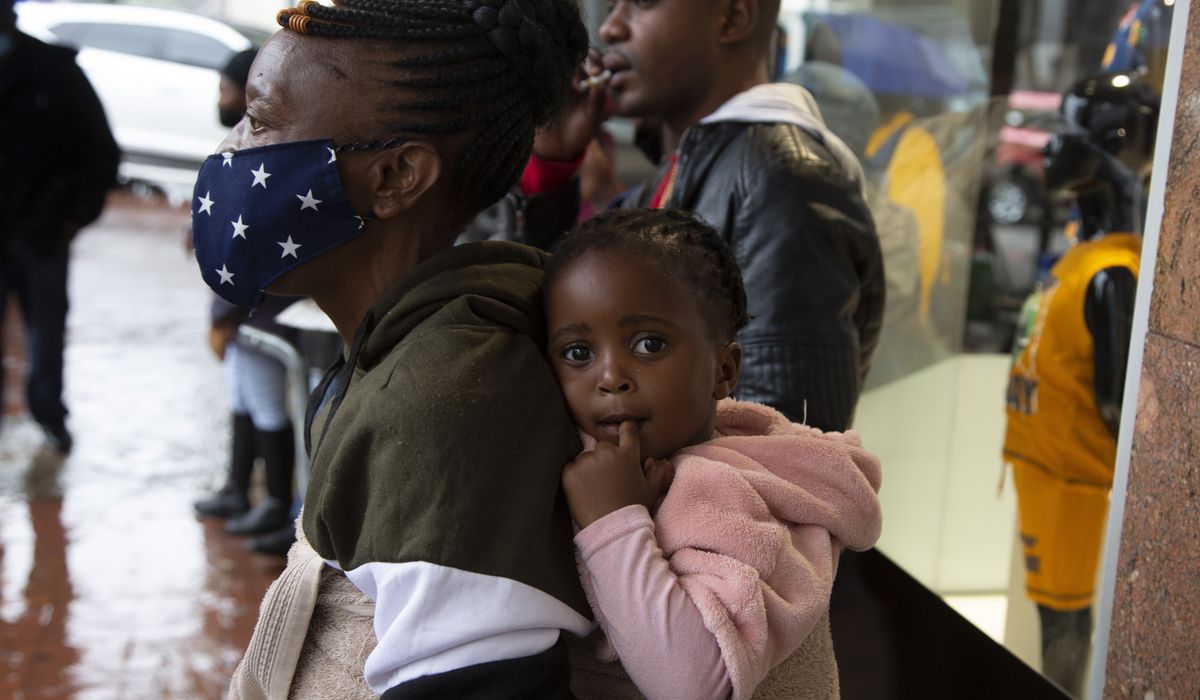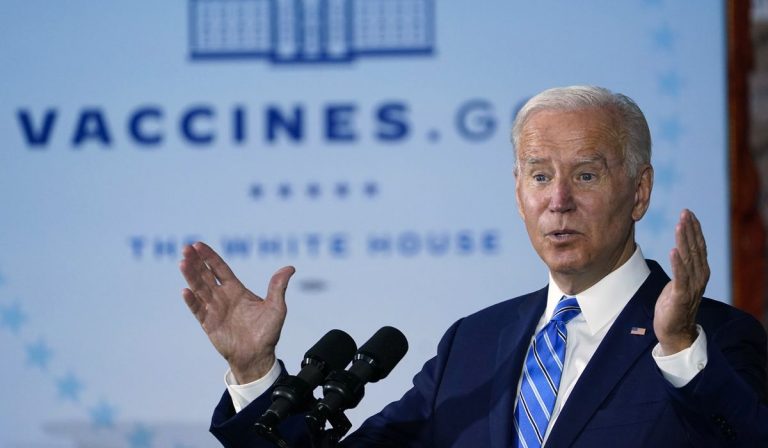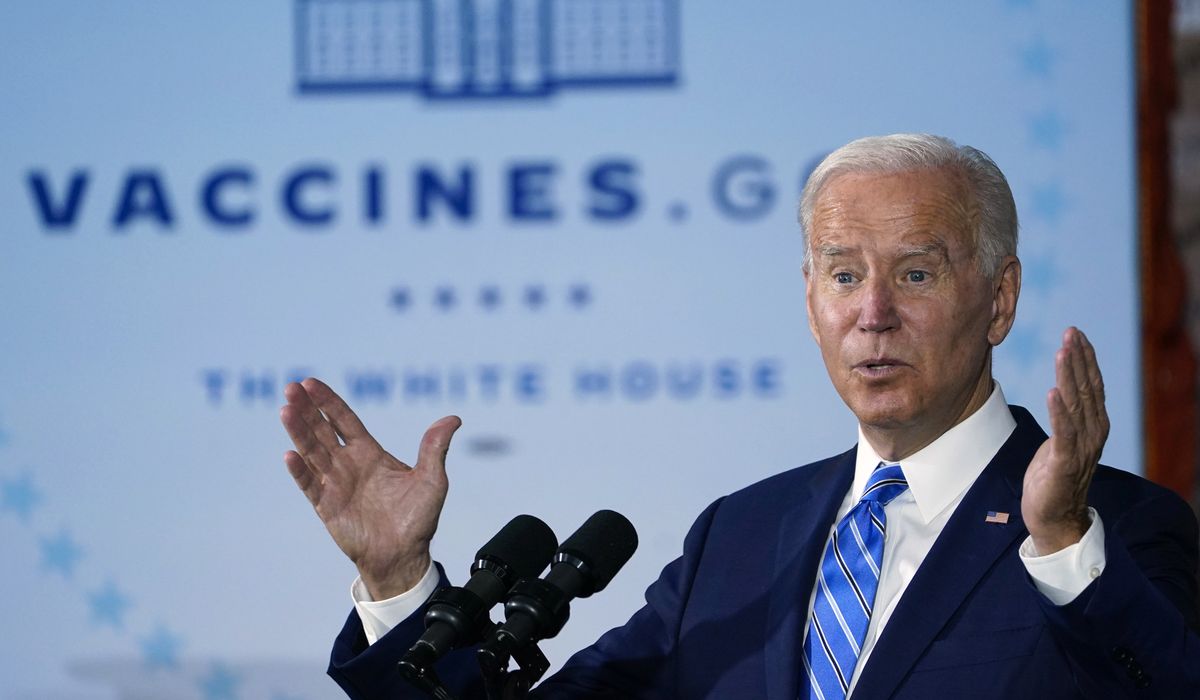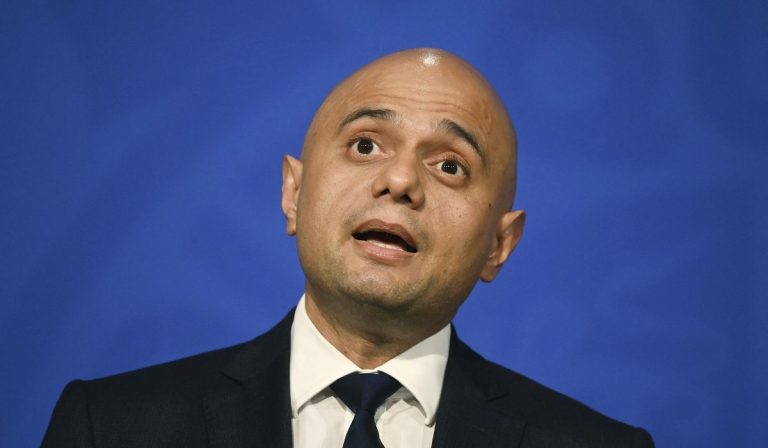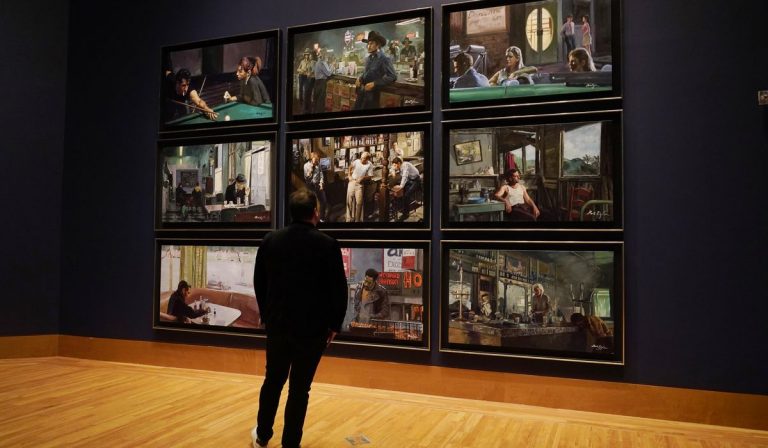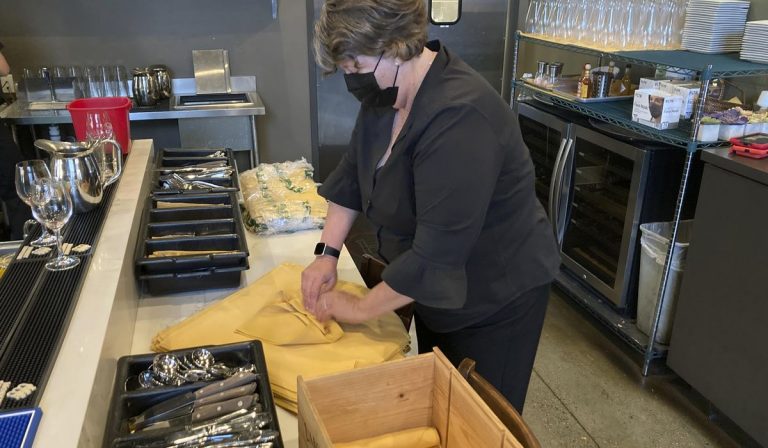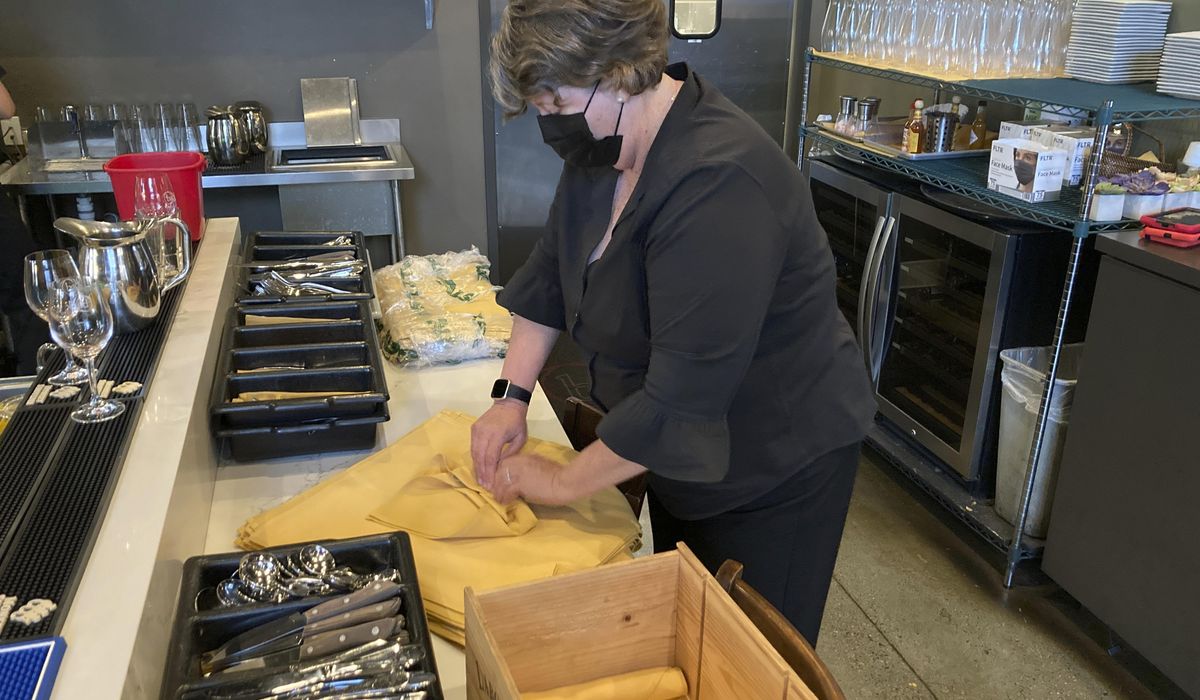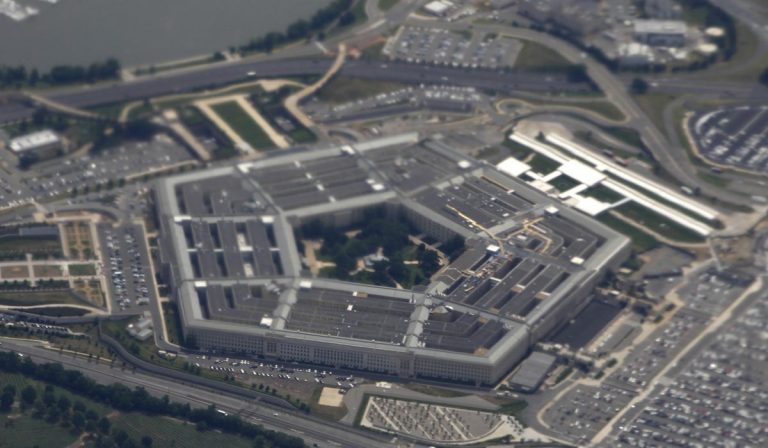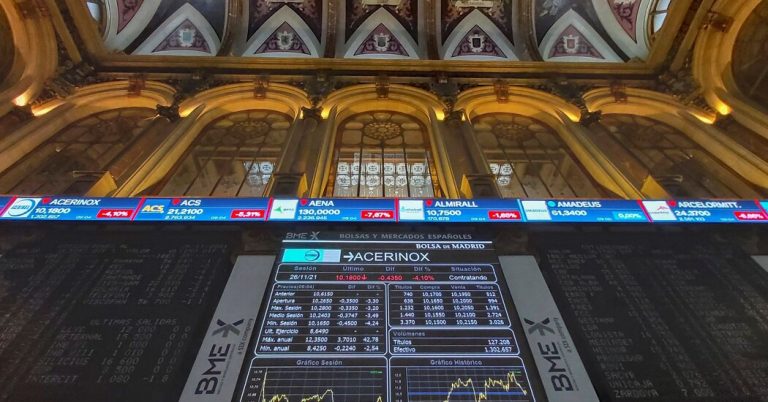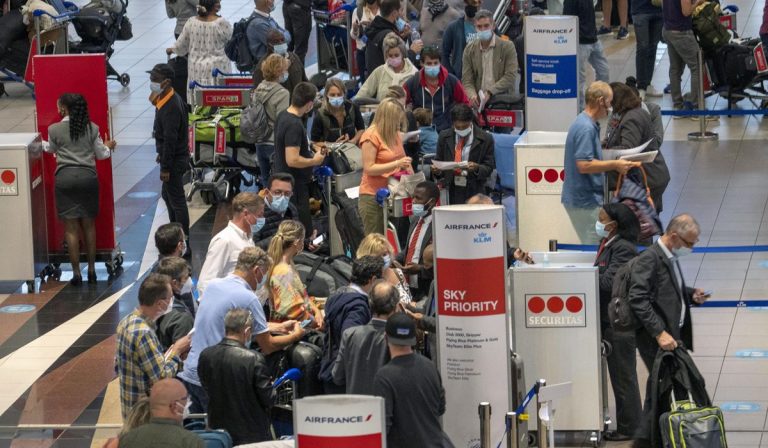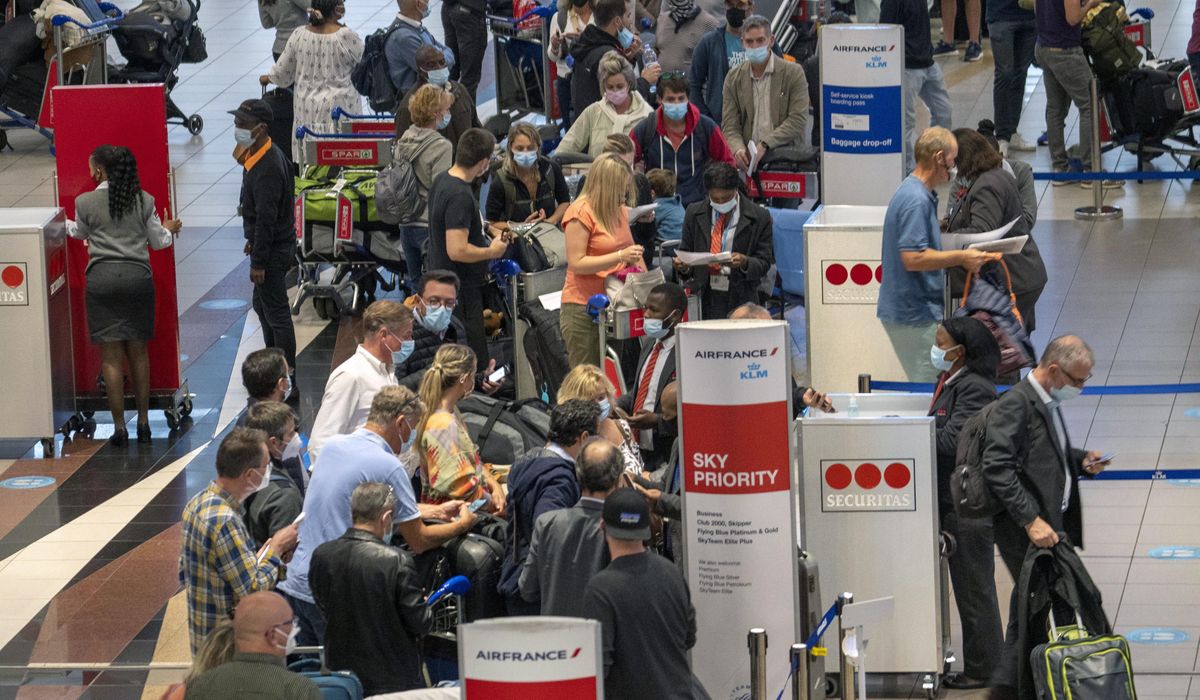A surprise Chinese cyberattack or electromagnetic pulse takes out the U.S. military‘s communications systems, while a massive artillery bombardment targets American ships and fighter jets in the Pacific.
Within days or perhaps just hours, the People’s Liberation Army (PLA) has crippled the defenses of the U.S. and its regional allies and has laid the groundwork for a rapid amphibious invasion of Taiwan. Having studied the U.S. for years, Chinese military planners execute a near-perfect strategy that relies on simultaneous attacks in multiple domains — including hypersonic weapons traveling at mind-blowing speeds through space — to systematically compromise America’s defenses, limit access to crucial battlefield information, and leave Pentagon and White House leaders with few viable options to fight back.
Such nightmare scenarios play out routinely deep inside the Pentagon and at key military facilities across the country in the form of wargames — highly detailed, realistic exercises sometimes conducted in a single afternoon and sometimes stretching for a year or longer. They’re explicitly designed to expose vulnerabilities in Pentagon planning, as a “red team” of military personnel sets out to find holes in U.S. strategies for the defense of Taiwan, a Russian offensive into eastern Europe, or even a direct attack on the American homeland or military installations abroad.
Wargame exercises have a long pedigree, having been a part of military planning dating to the 1800s. But they’ve taken on new meaning and urgency in the 21st century as China‘s massive armed forces build up in the Pacific and Russia’s movement of troops along its border with Ukraine ratchet up the possibility of a major conflict. As the chances of conflict rise, so too does the importance of the lessons to be gleaned from wargames, which Pentagon leaders cite as arguably the single most important tool they have at their disposal to prepare for battle and an irreplaceable way to simulate the chaos and confusion of war.
“Sports teams get a chance to kind of understand their strengths and weaknesses because they play the game. They win, they lose, they get feedback, they go and watch the film. And they can make improvements to their team,” Lt. Gen. S. Clinton Hinote, the Air Force‘s deputy chief of staff for strategy, integration and requirements, told The Washington Times in a recent interview. “For obvious reasons, you don’t want to fight and get feedback and go change and fight again. We don’t want a season of fighting, so we have to figure out ways of probing ourselves, of testing ourselves, and trying to figure out where we have ideas that are working well, where our capabilities are coming together in the right way, and then where we need some improvement. Wargames are one of the things that help us with that.”
Key military leaders such as Gen. Hinote have become more outspoken in recent years about the successes and failures of wargaming exercises, particularly those that pit the U.S. against its chief global rival, China. Former Joint Chiefs of Staff Vice Chairman Gen. John Hyten, for example, made headlines in July when he declared in a public speech that U.S. forces “failed miserably” in a simulated clash with China.
“An aggressive red team that had been studying the United States for the last 20 years just ran rings around us. They knew exactly what we’re going to do before we did it,” he said, setting off alarm bells in national security circles and stoking fears that the world’s best military was losing its edge at a dangerously fast pace.
Exposing weaknesses
That red team typically faces off against a “blue team” representing the U.S. and in some cases allies such as Britain, Australia or Japan. Given the nature of wargames and the purpose they serve for medium- and long-term military planning, officials say the specific circumstances are often tilted toward the red side, in an effort to highlight the vulnerabilities of the home team.
“We don’t stack the deck,” Gen. Hinote said. “There’s a temptation when you’re doing these war games, you want to win. There’s a temptation to structure the game so that you can win. And we don’t allow that. If anything, we’re probably more hard on ourselves on the blue side, the friendly side, than hopefully we would be in the real thing.
“You lean toward ‘worst case,’” he said. “I’d rather do that than lean toward ‘best case’ and be surprised.”
The games themselves can range from old-school table-top exercises to computer simulations and other methods of creating a realistic battlefield scenario. They typically begin by laying out the broad strokes of a conflict, such as a Chinese military move on Taiwan or a North Korean attack on its southern neighbor.
Pentagon officials rely heavily on intelligence community estimates to give an accurate picture of an enemy’s capabilities. The U.S. capabilities are also laid out in great detail so everyone involved with the exercise is aware of the levels of manpower, equipment and weapons available to them.
Wargames naturally focus on future conflicts, and so some assumptions might be made about what the enemy’s military might be capable of several years down the road.
That type of planning is key, military insiders say, to ensure that the Pentagon keeps one eye on the battles of the future even as it is preparing for a potential current-day fight with China.
“You’re looking out 18 months in advance. You’re about to run this year’s wargame, and you’re already approving the objectives for next year’s wargame,” said Mark Montgomery, senior director of the Center on Cyber and Technology Innovation at the think tank Foundation for Defense of Democracies.
The time frames are deeply important, he added, as the very essence of the wargame changes dramatically depending on how far into the future you’re projecting.
“If the time horizon is one or two years, or even three or four years, it’s about things,” said Mr. Montgomery, who previously served as policy director for the Senate Armed Services Committee. “If the time horizon is 15 or 20 years, it’s more about strategy.”
Once the scenario and timeline are established, the two sides essentially take turns, with each move helping to determine how the battle plays out. Referees are usually present to ensure that those moves are realistic; one side cannot simply obliterate the rival country’s capital with nuclear weapons on its first turn, for example.
Increasingly, U.S. military services rely on computer modeling to help make the game as realistic as possible.
“What we have invested in quite a bit is the modeling part of that,” Gen. Hinote said. “Because what we’d rather be able to do … is to go, ‘This capability got turned on at this time, and modeling shows that it has this effect.’”
“The modeling we do off of air-to-air fighting, it’s real world. It’s as close as you can get without actually flying the aircraft against each other,” he added.
That combination of human moves and computer modeling have taken wargame scenarios to an entirely new level of realism, and Defense Department officials say those cutting-edge wargames have helped the U.S. better prepare for coming battles.
The China problem
For obvious reasons, many of the Pentagon‘s key wargames focus on threats posed by China, what Defense Secretary Lloyd Austin routinely refers to as the U.S. military‘s “pacing threat.” Analysts say that budgetary decisions driven by the sequestration budget caps of last decade have eroded much of America’s advantage over its foe, while China‘s military has vastly upgraded its capabilities on land and sea.
Chinese strategists also have the advantage of being able to focus on a few, close-in priorities such as Taiwan and control of the South China Sea, while U.S. strategists are looking at a global order to defend on every continent.
“We recognize they have closed the gap significantly because of our distraction over the last 20 years in the Middle East,” Mr. Montgomery said. “It’s not just a matter of presence and posture, but it’s also that the Navy and the Air Force have had to make draconian decisions about force readiness vs. force modernization vs. next-generation equipment and procurement vs. research and development for the next generation.”
But wargame exercises can encompass far more than simply playing out whether the U.S. Navy or Air Force could beat its Chinese counterpart in a one-on-one battle. Real-world scenarios are much more complex and include a host of geopolitical questions, such as whether previously friendly nations might bow to Chinese economic pressure and deny flyover rights to U.S. bombers.
Some of the most insightful publicly available wargame exercises incorporate those vital questions of economics, alliances and political leverage. For example, a recent wargame produced by the think tank Center for a New American Security (CNAS) looked at what the U.S. and its allies could do if China seized Dongsha, part of the Pratas Islands off the southern coast of Taiwan — a clear violation of Taiwanese sovereignty but far short of a full-scale invasion.
Given that the U.S. and its allies would surely seek to avoid a full-blown world-war scenario with China, the wargame exposed serious problems with the options available to American strategists.
“Worryingly, the game found few credible options for pushing China to abandon Dongsha and return to the status quo,” CNAS said in a report that laid out the results of the exercise, which involved Taiwanese, American and regional experts.
“The teams representing the United States and Taiwan struggled to compel a Chinese withdrawal from Dongsha without escalating the crisis. The team representing China avoided further escalation given its first-mover advantage, constrained territorial gains and geographic proximity. In contrast, the U.S. team had to push its forces far forward in ways that were risky and would be difficult to sustain,” CNAS researchers wrote. “Punitive non-military options, such as economic sanctions or information campaigns, took too long to produce effects and appeared too weak to compel China to abandon its gains. More aggressive military responses risked escalation to war, which both the U.S. and Taiwan teams wished to avoid.”
Military planners are keenly aware of the myriad of factors at play, including many that stretch beyond the traditional realm of pure combat. Gen. Hinote told The Times that the most recent major Air Force wargame exercise with China incorporated a host of other elements.
“We were talking through questions like … Could we expect to be allowed to do these actions, maybe take a cyber action against the Communist Party [of China]? Maybe do something about shipping, a blockade, stopping up the Malacca Strait, asking the Malaysians to stop the Malacca Strait.
“It’s not just the military doing military stuff, because that would be a really bad use of time,” he said.
All of those factors are kept closely tied to reality. But specialists concede that as wargame exercises stretch further into the future, the scenarios grow in complexity.
“The level of fantasy is driven by … the time horizon,” Mr. Montgomery said. “Three to five years, not a lot of fantasy. Fifteen to 20 years, the aliens are assisting the Chinese.”


